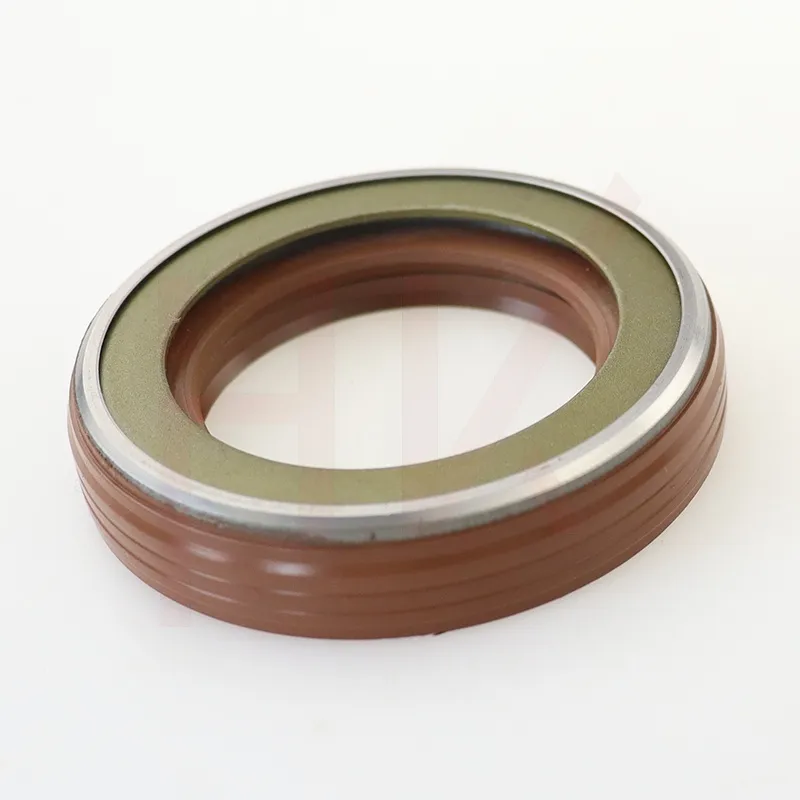Nov . 25, 2024 08:09 Back to list
Effective Sealing Solutions for Hydraulic Rams in Various Applications
Understanding Hydraulic Ram Seals Essential Components for Fluid Power Systems
Hydraulic ram seals play a pivotal role in the efficiency and functionality of hydraulic systems. These seals are designed to prevent fluid leakage between various components, ensuring optimal operation and minimizing environmental impact. In the realm of hydraulic systems, where fluid propulsion is fundamental, the importance of effective sealing cannot be overstated.
The Role of Hydraulic Ram Seals
Hydraulic ram seals are typically found in hydraulic cylinders, pumps, and motors, functioning to maintain pressure and prevent fluid loss. They are crucial for the containment of hydraulic fluid, which transmits force from one component to another within the system. By effectively sealing these components, hydraulic ram seals help to maintain system pressure, enhance performance, and prolong the lifespan of hydraulic equipment.
Types of Hydraulic Seals
There are several types of hydraulic seals employed in various applications
. The most common types include O-rings, U-cups, and V-rings.1. O-Rings These are circular seals that fit into a groove and are compressed between two surfaces. O-rings are prevalent due to their simplicity and effectiveness in preventing leakage in static and dynamic applications.
2. U-Cups Designed in a U-shape, these seals provide better sealing capabilities than O-rings, particularly in dynamic applications where there is a change in direction of the fluid flow.
3. V-Rings These are elastomeric seals that can absorb axial movements and are often used in conjunction with other types of seals. They prevent dust and debris from entering the system while maintaining hydraulic fluid integrity.
hydraulic ram seals

Factors Influencing Seal Performance
Several factors can influence the performance and longevity of hydraulic ram seals. The operating pressure and temperature of the hydraulic fluid are critical; excessive pressure can lead to seal failure, while extreme temperatures can cause seals to harden or degrade.
Additionally, the compatibility of the seal material with the hydraulic fluid is crucial. Different fluids require different materials; for instance, Viton seals are commonly used with high-temperature and chemical-resistant applications, while Nitrile rubber is suitable for general applications.
Maintenance and Replacement
To ensure the longevity and effectiveness of hydraulic ram seals, regular maintenance is necessary. This includes inspecting seals for wear and damage and replacing them as needed. Signs of seal failure include visible fluid leaks, reduced system pressure, and erratic hydraulic performance.
Proper installation is equally important; incorrect installation can lead to premature failure of the seal. It is essential to clean the sealing surfaces thoroughly and apply the correct torque during assembly to ensure a reliable seal.
Conclusion
In summary, hydraulic ram seals are essential for the efficient operation of hydraulic systems, playing a critical role in preventing fluid leakage and maintaining pressure. Understanding the different types of seals and the factors that influence their performance can help in selecting the right seal for specific applications. Regular maintenance and timely replacement of hydraulic seals will not only enhance the performance of hydraulic machinery but also extend the lifespan of the entire system. As industries continue to evolve, the demand for reliable hydraulic components, including seals, will remain a crucial aspect of fluid power technology.
-
TCN Oil Seal Metal Ring Reinforcement for Heavy Machinery
NewsJul.25,2025
-
Rotary Lip Seal Spring-Loaded Design for High-Speed Applications
NewsJul.25,2025
-
Hydraulic Cylinder Seals Polyurethane Material for High-Impact Jobs
NewsJul.25,2025
-
High Pressure Oil Seal Polyurethane Coating Wear Resistance
NewsJul.25,2025
-
Dust Proof Seal Double Lip Design for Construction Equipment
NewsJul.25,2025
-
Hub Seal Polyurethane Wear Resistance in Agricultural Vehicles
NewsJul.25,2025
-
The Trans-formative Journey of Wheel Hub Oil Seals
NewsJun.06,2025
Products categories
















